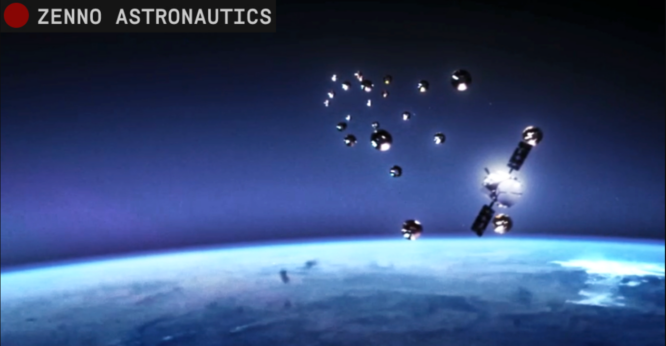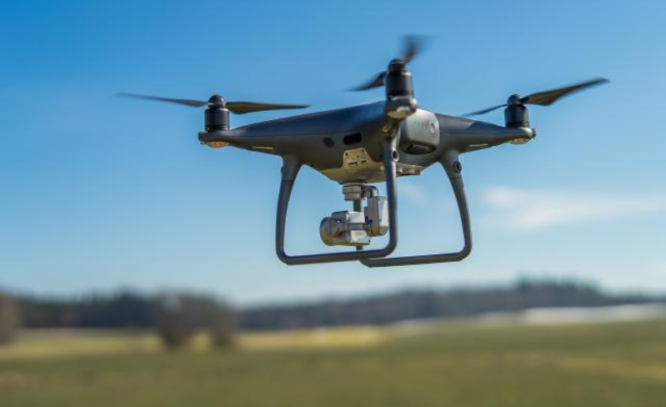Z01 is a fuel-free satellite pointing system designed to considerably expand the capabilities for attitude control in space, including entirely autonomous satellite positioning and extended satellite orbit time.
Max Arshavsky, CEO and co-founder of Zenno, stated that reaching the sales milestone for Z01 in less than a year demonstrates that the global space industry is embracing innovative technology that addresses a genuine issue.
The Zenno invention enables greater efficacy in satellite design and operation, providing advantages that far exceed the limitations of existing technologies.

Zenno’s fuel-free satellite aiming system has reached a million in sales.
The Z01’s pointing capabilities open the door to new opportunities and services in orbit by facilitating improved imagery and communications and allowing for more time in space. Late in 2023, Zenno intends to deploy its first Z01 attitude control system in full capacity. This is the first of several innovations the six-year-old corporation will introduce to the market to support its mission to create life in space.
Getting an ever-increasing number of satellites into orbit is only half of the equation; satellites require continuous adjustments to ensure that their antenna, sensors, solar panels, and other components are facing the correct directions.
For satellite control in orbit, Zenno’s Z01 super torquer uses only electricity and does not require satellite propellant consumption. Existing propulsion systems that facilitate these movements require propellant until the conclusion of a satellite’s mission.
Powered by solar panels, Zenno’s Z01 on-satellite hardware employs cryogenically chilled high-temperature superconductors to generate strong magnetic fields, which interact with the Earth’s geomagnetic field to enable the satellite to rotate and shift.
A satellite’s attitude control systems are among the largest and costliest subsystems. Z01 is considerably more compact and lighter than current attitude control technologies.




